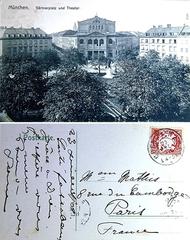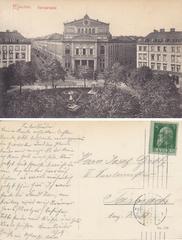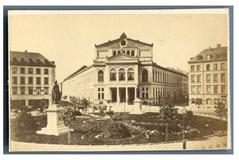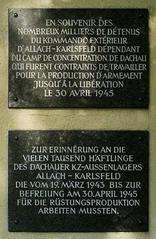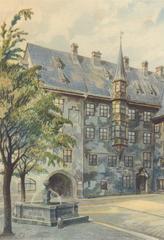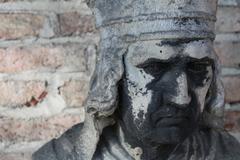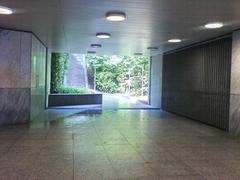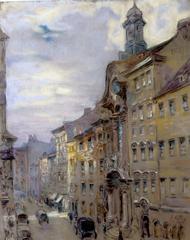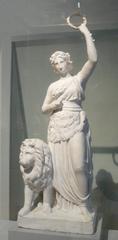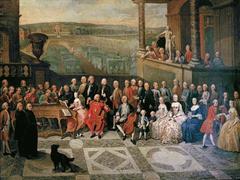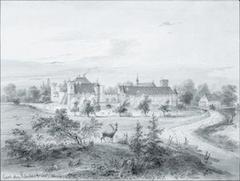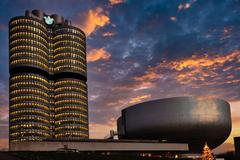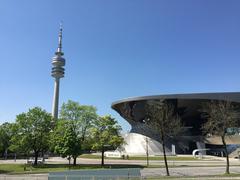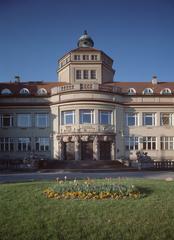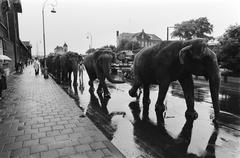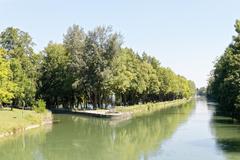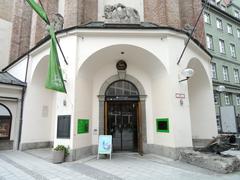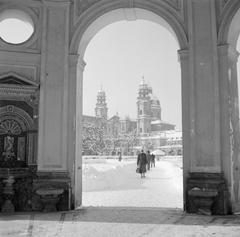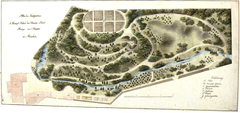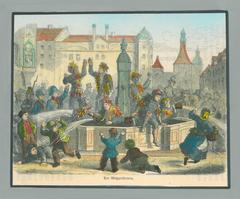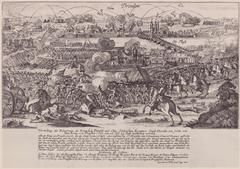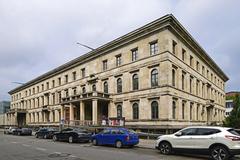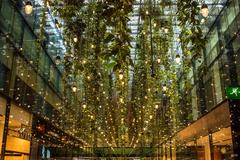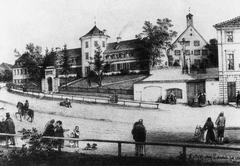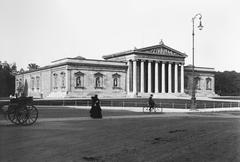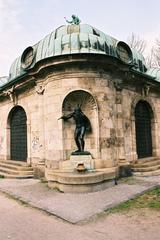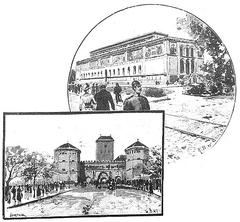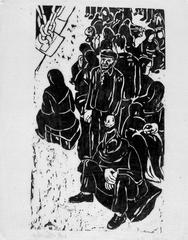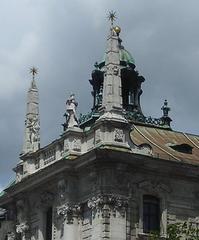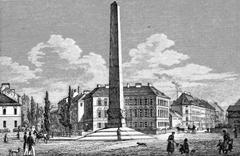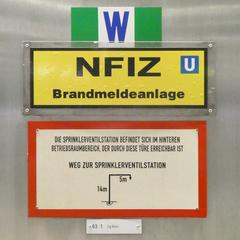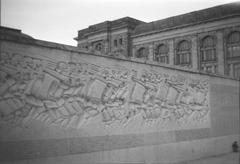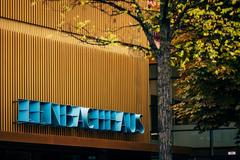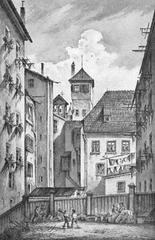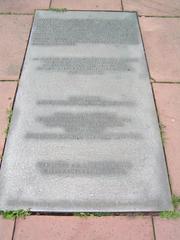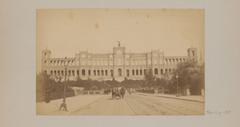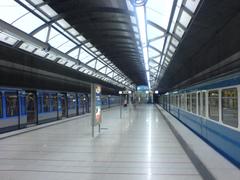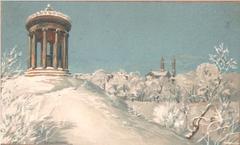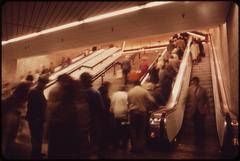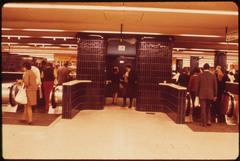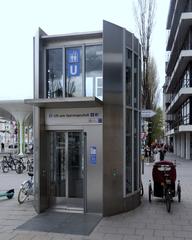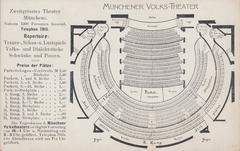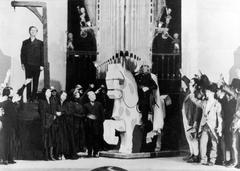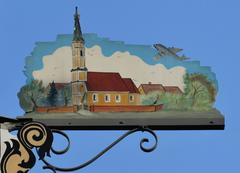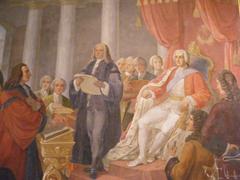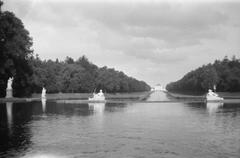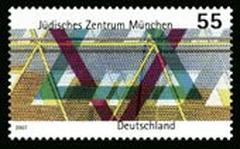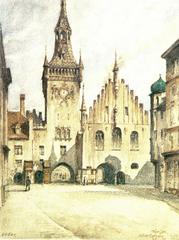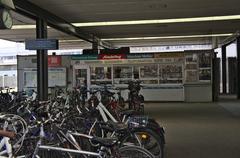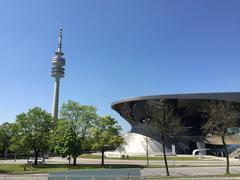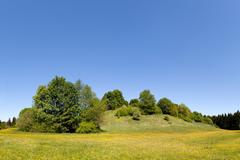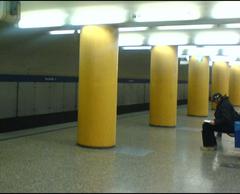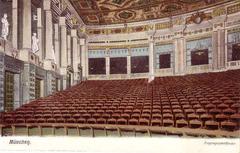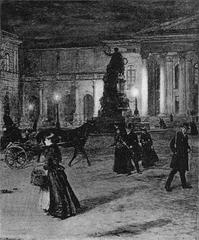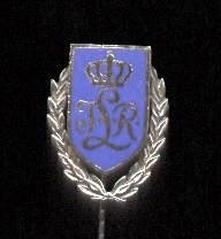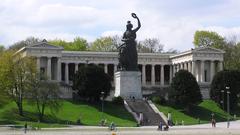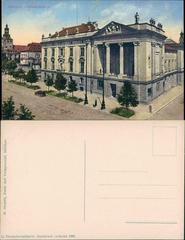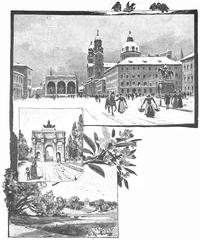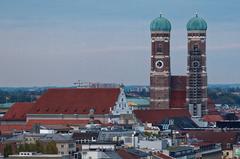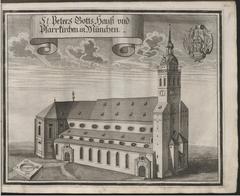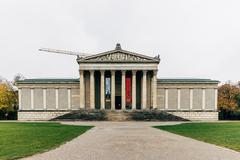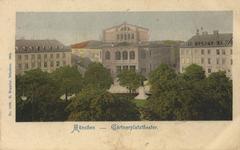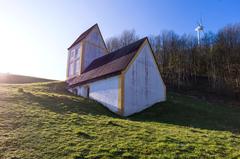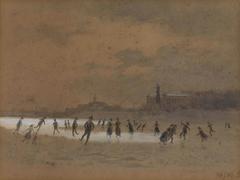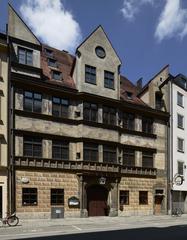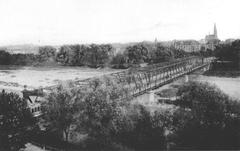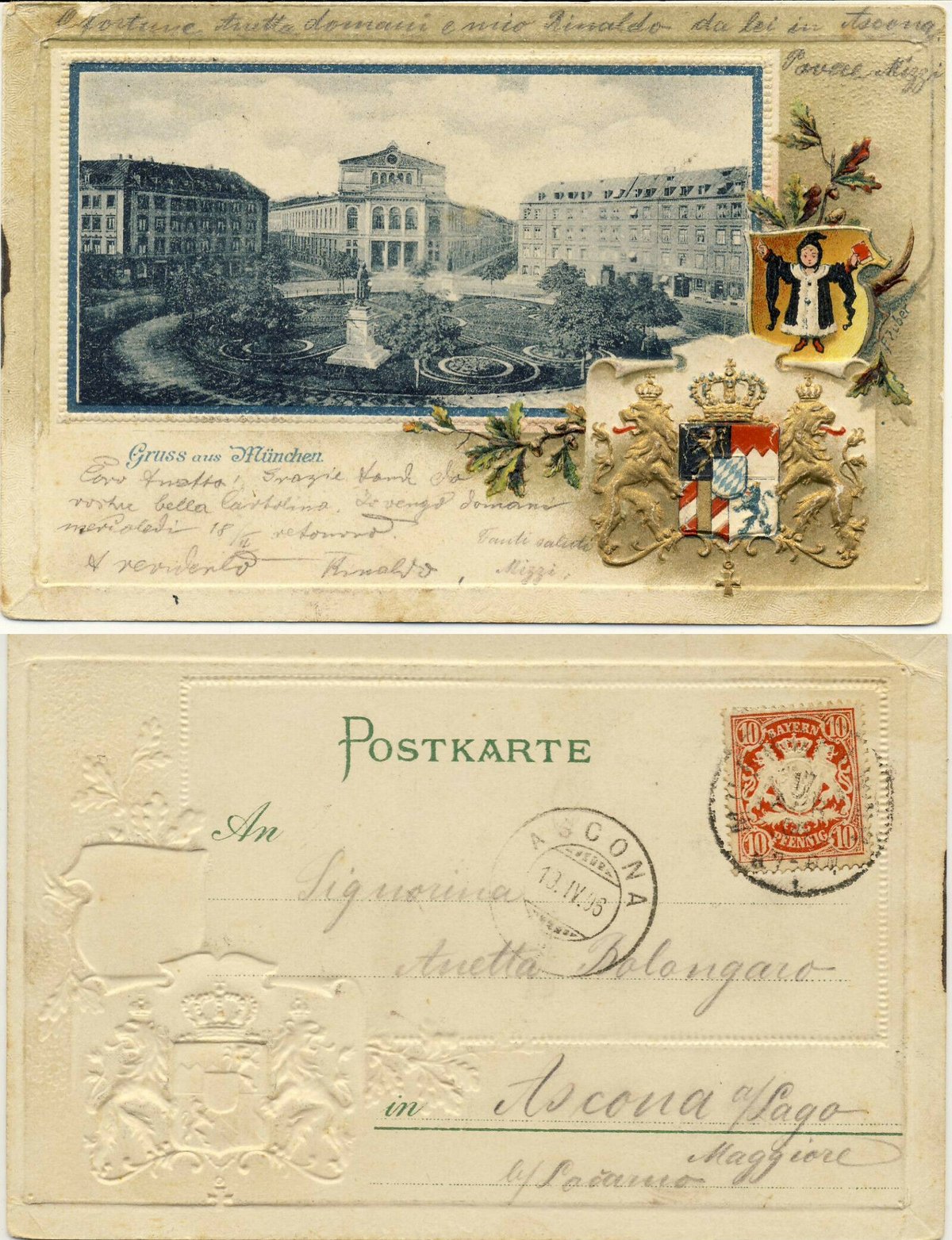
Visiting Gärtnerplatz: Hours, Tickets, and Historical Significance
Date: 23/07/2024
Introduction
Nestled in the vibrant district of Isarvorstadt in Munich, Germany, Gärtnerplatz is a captivating blend of historical significance, architectural beauty, and cultural vibrancy. Established in 1860 and named after the renowned architect Friedrich von Gärtner, this historic square embodies Munich’s rich history and urban development. Gärtnerplatz is not just an architectural marvel but also a cultural and social hub, drawing locals and tourists alike with its diverse offerings, from the iconic Gärtnerplatztheater to charming cafes and restaurants. This comprehensive guide delves into the origins, architectural significance, cultural importance, and practical visitor information to ensure an enriching experience at one of Munich’s most beloved landmarks (Munich tourism website).
Origins and Early Development
Gärtnerplatz, located in the vibrant district of Isarvorstadt in Munich, Germany, is a historic square that has played a significant role in the city’s urban development. The square was named after Friedrich von Gärtner, a prominent architect and urban planner who significantly influenced Munich’s architectural landscape in the 19th century. Gärtner, born in 1791, was instrumental in designing several key buildings and urban spaces in Munich, including the Ludwigskirche and the Siegestor.
The development of Gärtnerplatz began in the mid-19th century as part of a broader urban expansion plan. The square was officially established in 1860, during a period when Munich was undergoing rapid growth and modernization. The design of Gärtnerplatz was intended to create a harmonious blend of residential, commercial, and cultural spaces, reflecting the ideals of urban planning at the time.
Architectural Significance
Gärtnerplatz is renowned for its distinctive architectural style, characterized by a mix of neoclassical and early modernist elements. The buildings surrounding the square were designed to create a cohesive and aesthetically pleasing environment. One of the most notable structures is the Gärtnerplatztheater, an opera house and theater that has been a cultural hub since its opening in 1865. The theater’s neoclassical façade and ornate interior are exemplary of the architectural trends of the period.
The square itself is designed as a circular plaza, with radiating streets that connect it to other parts of the city. This radial layout was innovative at the time and aimed to facilitate easy movement and access. The central part of the square features a beautifully landscaped garden, which has been meticulously maintained over the years. The garden includes a variety of plants and flowers, adding to the square’s charm and appeal.
Cultural and Social Hub
Throughout its history, Gärtnerplatz has been more than just an architectural landmark; it has also been a vibrant cultural and social hub. The Gärtnerplatztheater has hosted countless performances, ranging from opera and ballet to contemporary theater and concerts. The theater’s programming has always been diverse, catering to a wide range of artistic tastes and preferences.
In addition to the theater, Gärtnerplatz has been home to numerous cafes, restaurants, and shops, making it a popular destination for both locals and tourists. The square has also been a focal point for various social and political events. During the late 19th and early 20th centuries, it was a gathering place for political rallies and demonstrations, reflecting the dynamic social changes occurring in Munich at the time.
World War II and Post-War Reconstruction
Like many parts of Munich, Gärtnerplatz was significantly affected by World War II. The area suffered extensive damage during the Allied bombing raids, which targeted key infrastructure and cultural landmarks. The Gärtnerplatztheater was heavily damaged, and many of the surrounding buildings were either destroyed or severely damaged.
The post-war reconstruction of Gärtnerplatz was a monumental task that required careful planning and significant resources. The reconstruction efforts aimed to restore the square to its former glory while incorporating modern amenities and infrastructure. The Gärtnerplatztheater was meticulously rebuilt, preserving its historical façade while updating its interior to meet contemporary standards. The surrounding buildings were also restored, with an emphasis on maintaining the architectural integrity of the original designs.
Modern Era and Preservation Efforts
In the modern era, Gärtnerplatz continues to be a vital part of Munich’s cultural and social fabric. The square has undergone several renovations and improvements to enhance its accessibility and appeal. In recent years, there has been a strong emphasis on preserving the historical and architectural significance of Gärtnerplatz while adapting it to contemporary needs.
One of the key preservation efforts has been the establishment of the Gärtnerplatzviertel, a designated cultural district that includes the square and its surrounding areas. This designation has helped protect the architectural heritage of the area and promote cultural activities. The Gärtnerplatztheater remains a central feature of the square, with a diverse program of performances that attract audiences from around the world.
Visitor Information
Gärtnerplatz Visiting Hours
Gärtnerplatz itself is open to visitors 24/7, and the gardens and public spaces can be enjoyed at any time. However, the Gärtnerplatztheater operates on a schedule based on performance timings. It is advisable to check the theater’s official website for the latest information on show timings and ticket availability (Gärtnerplatztheater official website).
Gärtnerplatz Tickets
Tickets for performances at the Gärtnerplatztheater can be purchased online via their official website or at the theater’s box office. Prices vary depending on the type of performance and seating arrangement. It is recommended to book tickets in advance, especially for popular shows.
Travel Tips and Accessibility
Gärtnerplatz is easily accessible by public transportation. The closest U-Bahn station is Fraunhoferstraße (U1, U2), which is just a short walk from the square. Several bus and tram lines also service the area. For those driving, there are parking facilities available nearby, but it is advisable to use public transport due to limited parking space.
The square is pedestrian-friendly, and the central garden area is wheelchair accessible. Visitors with mobility issues will find ramps and smooth pathways throughout the square.
Nearby Attractions
While visiting Gärtnerplatz, there are several nearby attractions worth exploring. Viktualienmarkt, Munich’s famous food market, is just a short walk away and offers a delightful culinary experience. The Deutsches Museum, one of the world’s largest museums of science and technology, is also nearby and provides an educational and entertaining visit. Additionally, the scenic banks of the Isar River offer a pleasant area for a leisurely stroll.
Special Events and Guided Tours
Gärtnerplatz hosts various special events throughout the year, including open-air concerts, festivals, and cultural celebrations. Guided tours of the Gärtnerplatztheater are available, offering a behind-the-scenes look at this historic venue. These tours provide fascinating insights into the theater’s history, architecture, and current operations.
Photographic Spots
Photography enthusiasts will find plenty of picturesque spots around Gärtnerplatz. The beautifully landscaped garden, the striking façade of the Gärtnerplatztheater, and the vibrant street scenes all offer excellent photo opportunities. Whether capturing the architectural details or the lively atmosphere, Gärtnerplatz provides a rich canvas for photography.
Visitor Experience
Today, Gärtnerplatz is a must-visit destination for anyone exploring Munich. The square offers a unique blend of historical charm and modern vibrancy. Visitors can enjoy a leisurely stroll through the landscaped garden, take in a performance at the Gärtnerplatztheater, or relax at one of the many cafes and restaurants that line the square.
For those interested in history and architecture, Gärtnerplatz provides a fascinating glimpse into Munich’s urban development and cultural evolution. The square’s rich history and architectural beauty make it a standout feature of the city, offering a memorable experience for all who visit.
FAQ
What are the opening hours of Gärtnerplatz?
Gärtnerplatz is open to visitors 24/7, while the Gärtnerplatztheater operates based on its performance schedule.
How much are tickets for Gärtnerplatztheater?
Ticket prices vary depending on the performance and seating. For the latest prices and availability, check the theater’s official website.
How can I get to Gärtnerplatz?
The square is easily accessible by public transportation, with the nearest U-Bahn station being Fraunhoferstraße (U1, U2). Several bus and tram lines also service the area.
Are there guided tours available for Gärtnerplatztheater?
Yes, guided tours of the Gärtnerplatztheater are available and offer a behind-the-scenes look at the historic venue.
What nearby attractions can I visit?
Nearby attractions include Viktualienmarkt, the Deutsches Museum, and the banks of the Isar River.
For more information on Gärtnerplatz and its historical significance, you can visit the official Munich tourism website.
Stay Up to Date
For the latest updates on events, performances, and more, follow Gärtnerplatz on social media or visit the official websites. Don’t forget to check out related posts and download mobile apps like Audiala for a comprehensive guide to Munich.
Conclusion
Gärtnerplatz stands as a testament to Munich’s historical and cultural evolution, offering a unique blend of past and present. Its rich history, marked by contributions from Friedrich von Gärtner and the resilience shown during post-war reconstruction, adds depth to its charming ambiance. The square continues to thrive as a cultural and social hub, with the Gärtnerplatztheater at its core, hosting a diverse array of performances that attract audiences from around the world. Visitors can explore the beautifully landscaped gardens, enjoy the vibrant local dining scene, and participate in annual events that reflect the dynamic spirit of the area. With its accessibility and proximity to other notable attractions, Gärtnerplatz is a must-visit for anyone exploring Munich (Munich tourism website). For the latest updates and more detailed visitor information, be sure to check the official websites and related resources.
References
- Munich tourism website https://www.muenchen.de/int/en.html
- Gärtnerplatztheater official website https://www.gaertnerplatztheater.de/
- Hotel Deutsche Eiche https://www.deutsche-eiche.de/
- Motel One https://www.motel-one.com/en/hotels/munich/
- Louis Hotel https://www.louis-hotel.com/
- Wirtshaus zum Straubinger https://www.straubinger-restaurant.de/
- Gärtnerplatz 1 https://www.gaertnerplatz1.de/
- Ksar Barclub https://www.ksar-barclub.de/
- Café am Hochhaus https://www.cafe-am-hochhaus.de/
- Kauf Dich Glücklich https://www.kaufdichgluecklich-shop.de/
- Lost Weekend https://www.lostweekend.de/

